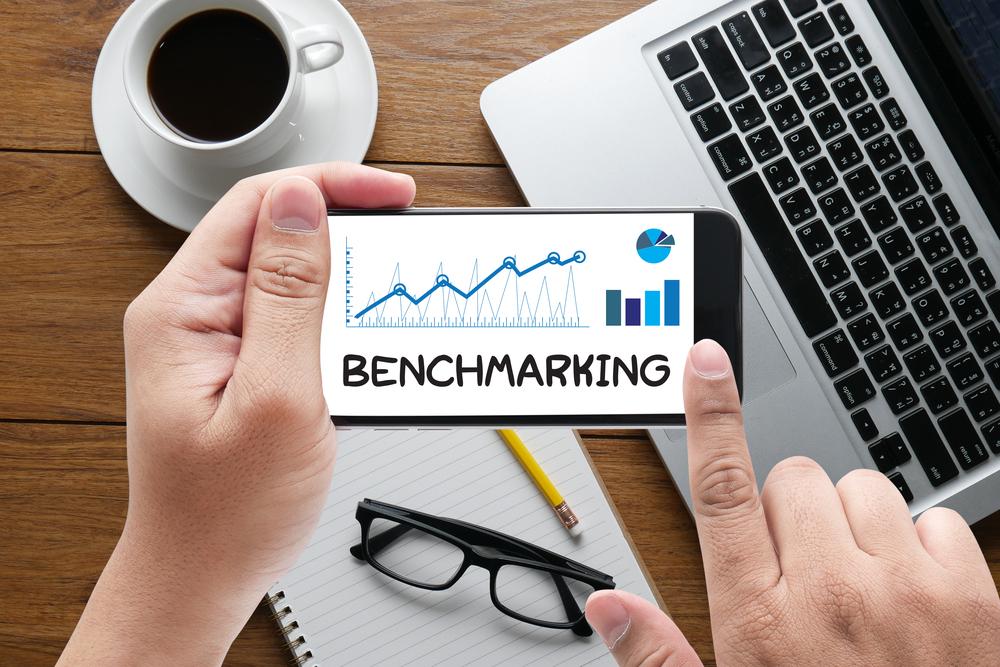Tag: building owners
-

How Energy Audits Can Boost Commercial Building Performance
As businesses across the world strive to become more eco-friendly, many are turning their attention to energy efficiency. Energy audits are a critical tool in the effort to reduce your business’s environmental footprint and get the most from your building….
-

How to Qualify for an EBEWE Exemption from the Audit and Retro-commissioning
Are you looking to save time and money on the audit, commissioning, or retro-commissioning your building’s energy systems? EBEWE Exemptions are an invaluable resource for organizations that comply with various codes and standards that waive certain requirements to minimize tedious…
-

How to Request Energy Usage Data from the Building Benchmarking Portal
If you’re looking for ways to become more energy efficient in your building or business, requesting data from the building benchmarking portal is a great place to start. Benchmarking is an invaluable tool that enables you to compare and monitor…
-

Guide to San Francisco Energy Benchmarking
Are you tired of locating the best available energy data for San Francisco? If so, then look no further! Our guide to San Francisco’s energy benchmarking portal has all the necessary information. We’ll take you through each step with ease,…
-

How Energy Benchmarking – Improves Building Performance
Do you use energy benchmarking to assess your building’s performance? If not, now is the time to start. Energy benchmarking can help you make the most of the energy usage in your building and save money in the process. In…
-

How Does EBEWE Benchmarking Help in Building an Energy Management System?
Benchmarking is an important component in building a successful energy management system, helping you recognize areas for improvement, prioritize strategies and track performance. EBEWE Benchmarking is an innovative benchmarking tool specifically developed to help organizations size up their own energy…